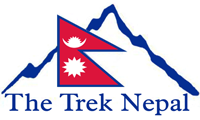
Bhote Koshi River Rafting
Duration
02 Days
Maximum People
25
Minimum Age
18+
Bhote Koshi River rafting with its white water and exciting location has been one of the suitable destinations for rafters and kayakers in Nepal. It has been close to Kathmandu which occupies less time for the adventure. Travelling along the road for 3 hours, the rafting put in point can be reached. The area is situated about 95 kilometers east of Kathmandu in the hilly region. The river also is the bank of Kathmandu-Lhasa highway. It can be apposite for both rafters and kayakers as it rolls you in the rapids of class 5+ as well as fittingly followed rapids of class 4. The two days invested in this river will enthrall and submerge you into the real charm and rejuvenation of rafting.
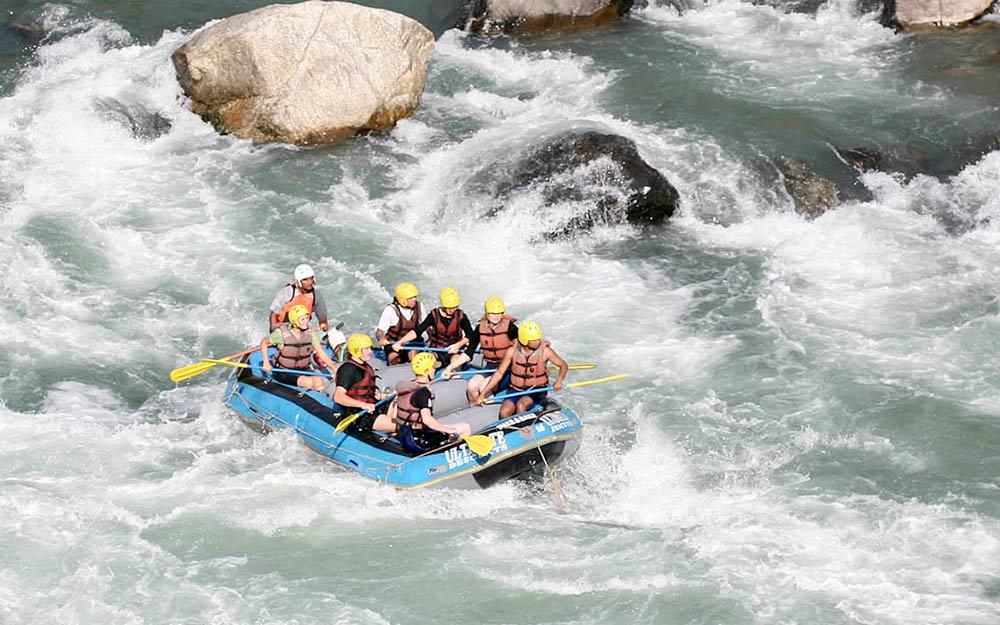
Itinerary
Day 01: Kathmandu to Lomosangu
The drive of about 3 hours along the road mostly hill on the one side and the river on the other will eventually get you to Lomosangu, the put in point for the exploration. As soon as we reach to the put-in point we commence the captivating adventure onwards. Few distance (about 10 kilometers) of rafting experience will be conducted today.
Day 02: Lomosanga to Dolalghat
The whole day until about 2 to 3 pm, we will be having fun and phenomenal time in the rapids of Himalayan river. The put-out point Dolalghat Bazaar will be the place also to get on the bus for returning back to Kathmandu.
Things that will be provided
We provide plentiful, healthy and hygienically prepared food and drinks. High quality self-bailing rafts, helmets, plastic paddles, lifejackets, wetsuits, and first aid kit. Tents and sleeping mats are also provided. All our equipment is of the highest quality, clean and well maintained.
Things to bring
Bring your shorts, T-shirt for on the river, suitable footwear for wearing in the raft, warm clothing for the evenings, a towel, sun block and your camera and flashlight.
Make An Inquiry
Fill the form for more details
Related Tour Packages
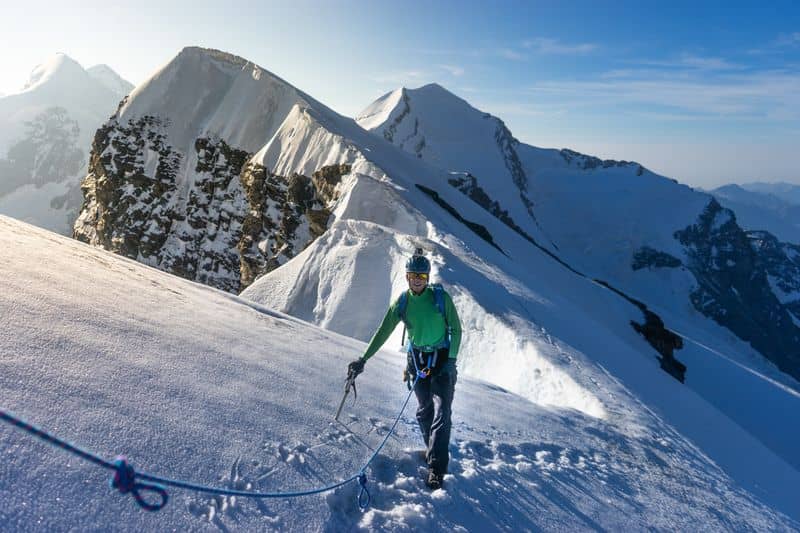
SAFETY IN SNOW- COVERED TERRAIN
Snowy pathways are one of the most exciting pathways for trekkers and hikers. Snowy mountains are such a pleasure to the sight as well soul. However, When the snow covers the path sometimes it becomes the opposite of the fun we are hoping and may lead to injuries or...
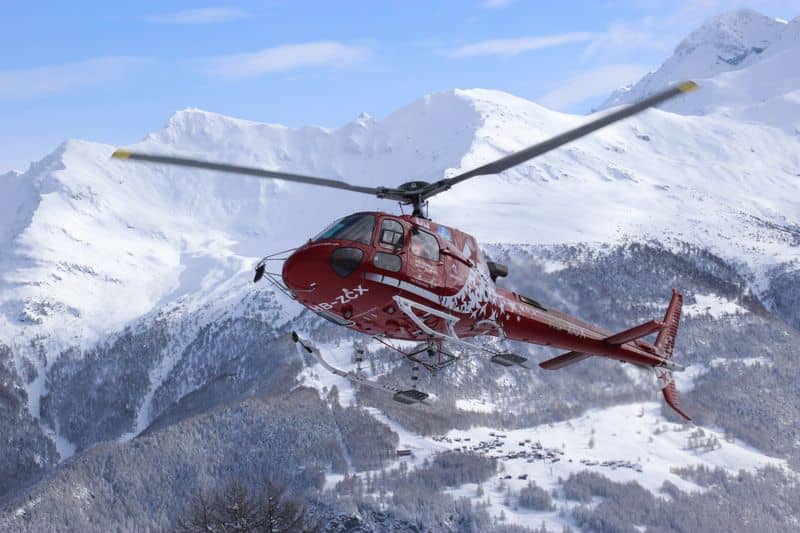
MOUNTAIN RESCUE- MUST KNOW FACTS FOR TREKKING GUIDE
Mountain trekking, climbing is a great source of adventure for some people. However, as fun, it may be sometimes unwanted accidents and even deaths occur on those terrains. Many people have gotten permanent injury, some disabilities as well as lost their lives during...
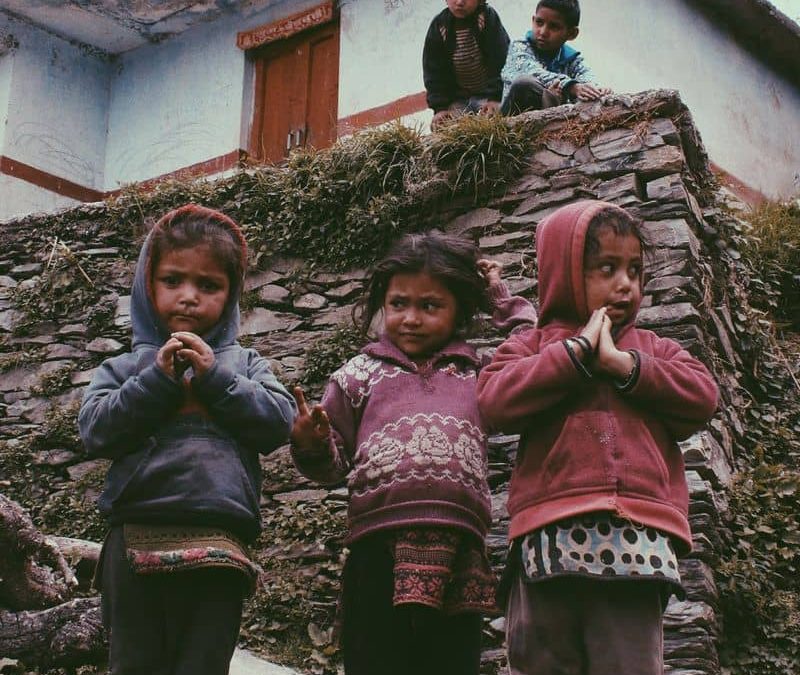
MOUNTAIN ENVIRONMENT, HIMALAYAN SOCIETY, AND HIMALAYAN CULTURE
The area above 5000m altitude sea level is called the mountain region. The mountain situated in the Himalaya range is called Himalaya. The society inhabiting near these mountains is collectively called Himalayan society and their culture is collectively called a...
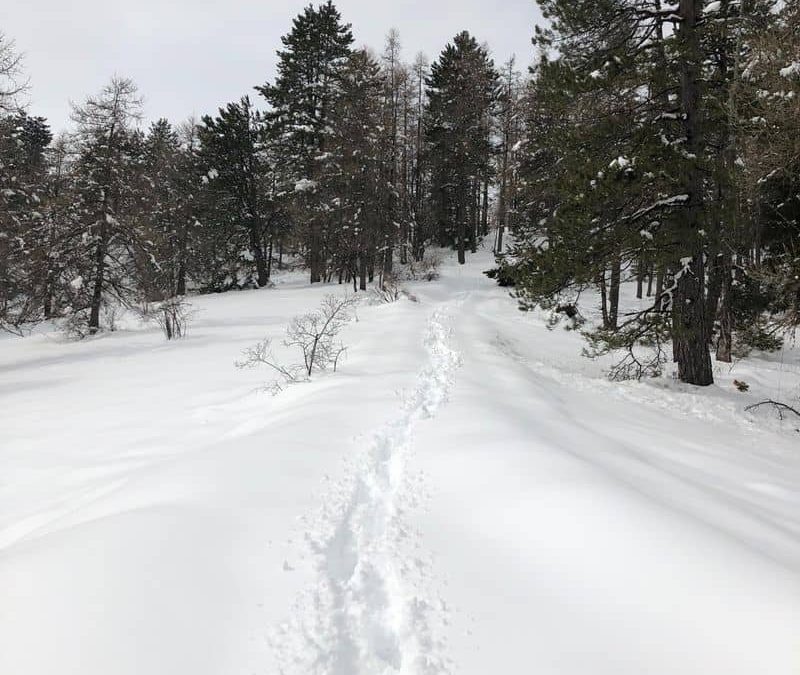
LEAVE NO TRACE PRINCIPLE OF TREKKING | ECO-FRIENDLY WAYS OF TREKKING
This article is about very important for you if you are planning to visit the Himalayan areas of Nepal. Leave no trace principle of trekking is a sort of eco-friendly trekking where you will not leave any trace of your trekking. Mountain areas are beautiful and...

IS IT BETTER TO HAVE INSURANCE FOR TREKKING?
The process of completing a laborious path on foot is called trekking. Trekking is good for the mind as well as the body and has many benefits. However, as every coin has two sides during trekking some misfortunes and some accidents may occur. Everybody may not be so...
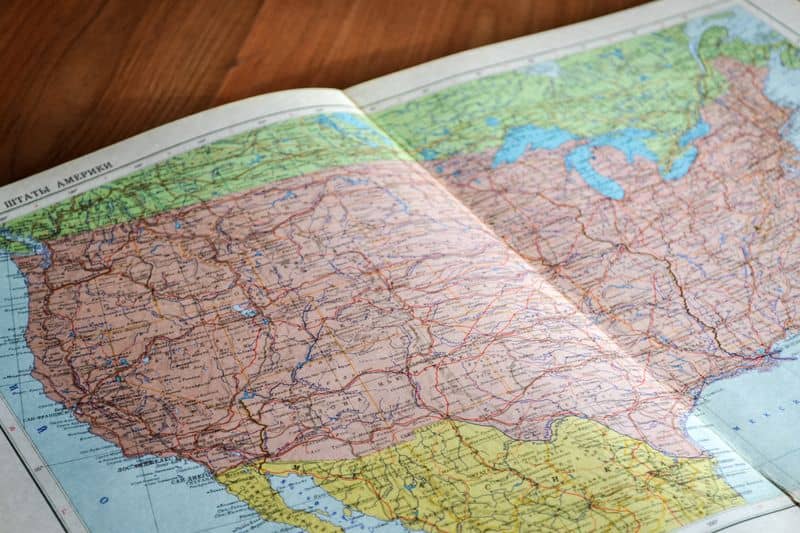
IMPORTANCE OF NAVIGATION AND MAP READING SKILLS IN TREKKING
Navigation and map reading are the two very important skills needed in the mountains, far from people. In fact, in some schools, it is taught as a subject or extra-curricular activity. Not only during trekking or hiking but map reading and navigation skills may come...
